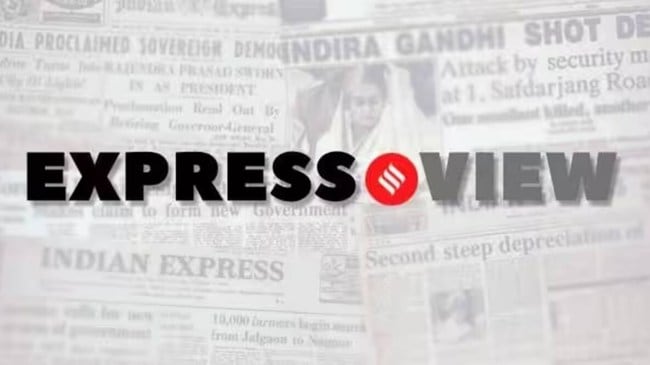Opinion Vulnerable tribal groups could be counted separately
A careful step towards not only identifying but also addressing Particularly Vulnerable Tribal Groups is necessary to facilitate social inclusion, instead of assimilation
 The MoTA’s initiative to count the most marginalised groups separately to facilitate targeted policies of uplift and redress is a welcome move.
The MoTA’s initiative to count the most marginalised groups separately to facilitate targeted policies of uplift and redress is a welcome move. On July 17, the Ministry of Tribal Affairs (MoTA) wrote to the Registrar General and Census Commissioner of India (RGI), requesting it to consider including Particularly Vulnerable Tribal Groups (PVTGs) — the most marginalised tribal groups in the country — in the upcoming Census exercise. As reported in this newspaper, the MoTA has asked RGI to separately count the number of PVTG households and individuals, along with their distinctive cultural, demographic and socio-economic features. If this is done, it will be the first time that the PVTGs are enumerated separately since the category was introduced. Earlier, in the 2011 Census, 40 PVT groups were counted within the broader category of Scheduled Tribes (STs). Currently, there are 75 PVT groups across 18 states and one Union Territory. The MoTA’s initiative to count the most marginalised groups separately to facilitate targeted policies of uplift and redress is a welcome move.
The PVTGs entered political discourse for the first time after the Dhebar Commission was constituted to investigate and report “on the problems of the Scheduled Tribes”; the committee submitted its report in 1961. It identified the inequalities within the tribal groups. This led to the creation of the category Primitive Tribal Groups (PTGs) in 1973, based on four criteria — pre-agricultural level of technology, low level of literacy, economic backwardness and a declining or stagnant population. In 2006, the name was changed to PVTG, as the word “primitive” was seen as problematic. The female literacy rate among the PVTGs is the lowest in India. A recent study that surveyed research work on 13 PVT groups in Odisha between 2000 to 2023, published in the Journal of Health, Population and Nutrition (2024), highlighted their precarious health indices. In 2023, the Centre launched the Pradhan Mantri Janjati Adivasi Nyaya Maha Abhiyan (PM JANMAN) to provide basic facilities to PVTGs. For the successful implementation of any developmental scheme, sociological mapping is necessary, and the proposed inclusion of PVTGs as a separate category in the Census would help serve this purpose.
Alongside, the government could consider rethinking the definition of PVTG ahead of the enumeration exercise. The existing criteria are decades old and risk excluding some communities, as ground realities have changed due to the intervention of state and non-state actors. For example, the use of “pre-agricultural level technology” — modernisation of technology has equipped many marginalised communities to use “developed” tools. A careful step towards not only identifying but also addressing PVTGs is necessary to facilitate social inclusion, instead of assimilation.





